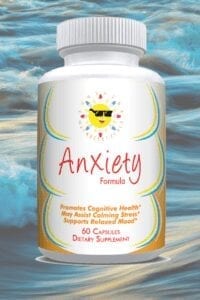
Disclosure: This post may contain affiliate links, meaning, at no additional cost to you, I may earn a commission if you click on, or make a purchase through a third-party link.
How Can I Stop Feeling So Anxious And Get Some Sleep?
All of us become anxious throughout our lives for different reasons. We may be thinking about a test or speaking engagement and believe we are not prepared.
Our kids may be late getting home or fail to answer their phones. Many of us are afraid of heights or flying in airplanes. Preparing for surgery, being called into the supervisor’s office, getting lost in the woods, can all cause various levels of anxiety.
Anxiety is just a normal part of life.
When fear and anxiety lead to trouble sleeping or problems functioning in daily life, it is time to think about treatment options.
What are some of the options we can accomplish ourselves?
Can we teach ourselves to be less anxious?
The answer is yes, and we can. I am going to teach you some ways to decrease your anxiety level.
I used to be much more anxious than I am today. I have read a great deal about anxiety and work in mental health, so I am surrounded by the subject daily.

Weighted Blankets For Anxiety And Insomnia
Weighted blankets are often used in children with autism spectrum disorder (ASD) to provide a “cocooning” feeling. They have also been used in the elderly.
The weighted blanket’s effectiveness has previously been shown to be related to the mass of the person using it. A blanket that weighs more than ten percent of a person’s body is more beneficial.1
A study published in the Journal of Sleep Medicine & Disorders on May 25, 2015, found a chain-weighted blanket was able to improve the quality of sleep in patients with insomnia. The subjects who used the weighted blanket had a calmer night’s sleep and exhibited less movement throughout the night. They also believed the blanket provided higher quality and a more comfortable night’s sleep.2
I have the pleasure of sharing an office with Kendra Munroe, OTR-L. Kendra is an Occupational Therapist (OT). She states weighted blankets should not be used in patients with open wounds, broken bones, or a history of sexual trauma.
Kendra prefers to use blankets that weigh no more than ten percent of the patient’s total body weight. She mainly uses weighted blankets from a company called Salt Of The Earth because she states they are well made.
For a more comprehensive explanation of weighted blankets and how to choose the best type for your situation, click here.
The Tapping Method
I also asked Kendra about “The Tapping Method.” This is something I had not been exposed to before working on our unit.
Munroe states this method is usually used for patients with anxiety or depression. It regulates the body by using its natural rhythms. It is best to match the speed of the heartbeat when tapping, according to Kendra.
Kendra recommends not using The Tapping Method on patients who aren’t open to it. It usually won’t work for them.
She excludes those unable to follow a pattern, such as those with dementia, as well as actively manic patients.
Play the video above to learn more.
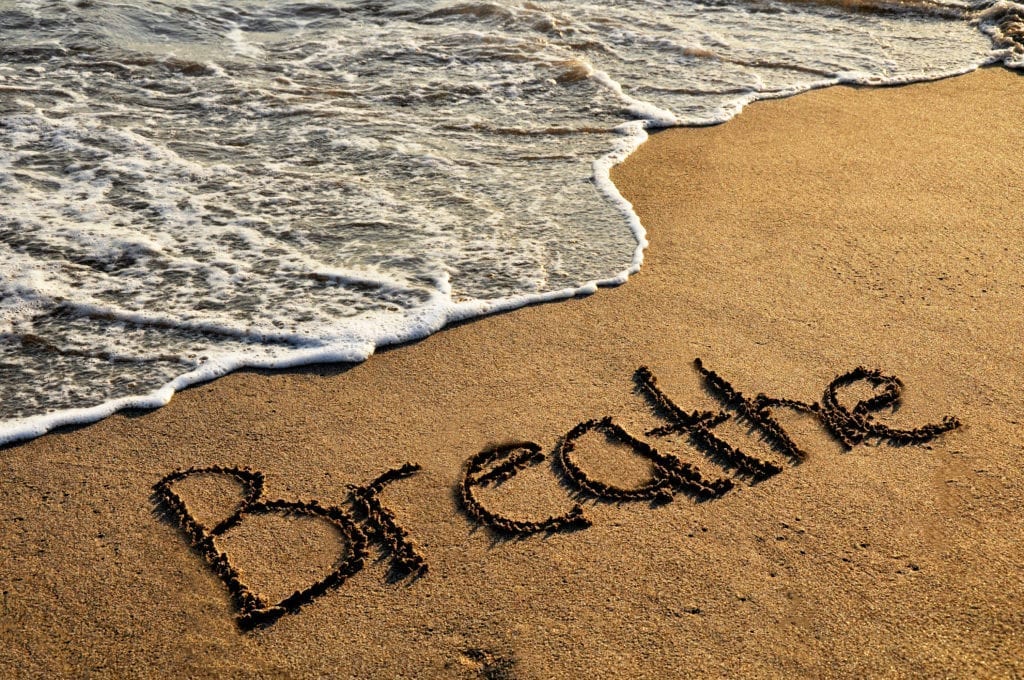
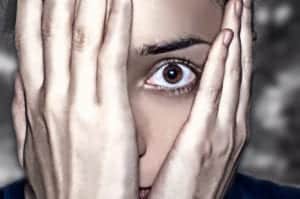
Purchase Sunshine Nutraceuticals Anxiety Formula
Breathing Exercises
The two breathing exercises below can help relieve tension and make you feel more relaxed:
Square Breathing Or Box Breathing
This is a breathing exercise where you:
- Breathe in (through your nose) for 4 seconds.
- Hold your breath for 4 seconds.
- Breathe out (through your mouth) for 4 seconds.
- Hold your breath for 4 seconds.
- Repeat sequence.
Square breathing can help with anxiety and make you feel more relaxed. It can also help with sleep and lower blood pressure.
Resonate Breathing Or Coherent Breathing
- Lie down in a comfortable place.
- Close your eyes and concentrate only on your breathing.
- Slowly inhale through your nose for six seconds.
- Breath out through your mouth for six seconds.
- Repeat the sequence.
These two breathing techniques can help tremendously if practiced. I suggest taking a few minutes each day on the above exercises until they become second nature.
When you start to feel anxious, proper breathing is an excellent initial intervention for quick relief.

Progressive Muscle Relaxation
Progressive muscle relaxation (PMR) is a technique that was developed in the 1920s by a physician attempting to get his patients to relax. This method works by counteracting the effects of the fight-or-flight response. This response helps protect us from danger.
In some people, the fight-or-flight response becomes a problem by creating an increase in unnecessary anxiety symptoms. It may even lead to a panic attack at times.
The adrenalin released during this response increases the heart rate. Stress hormones are also released. This may cause shortness of breath, sweating, trembling, and at times a feeling of impending doom.
Follow these steps to increase relaxation. This exercise may be especially helpful when feeling highly anxious or having a panic attack.
- Find a comfortable place either sitting or lying down, close your eyes, and take several deep breaths. Try to concentrate only on the air entering and leaving your lungs. If other thoughts come into your mind, gently push them aside. Continue until you start to feel relaxed.
- Concentrate on your feet. Tighten the muscles in both of your feet and keep them tight for 10 seconds. Release the tension and pay close attention to how your feet feel. Only think about your feet. After about a minute, go to step three.
- Progressively move up your body and repeat step 2 using different muscle groups. Legs, hips, stomach, arms, etc.…
- It is essential to try to concentrate exclusively on the muscle group you are working on at the time.
Like the breathing techniques mentioned above, this exercise will become more productive with practice. I recommend doing this a couple of times per day until it feels natural. You can then utilize the technique whenever you feel anxious or stressed.

Guided Imagery
Guided imagery is the use of words to guide a person to imagine a specific scenario designed to bring about the desired effect. This technique is often used to help with pain relief or to reduce stress and anxiety.
There are many apps available for the iPhone that utilize guided imagery. I am a firm believer in this technique, and if you want the best results, my suggestion is to click on the link below. Healthjourneys has many products available designed explicitly for anxiety relief.
Like the other skills mentioned in this article, guided imagery will become much more effective with practice. Give it a try!
I am not affiliated with Healthjourneys in any way.
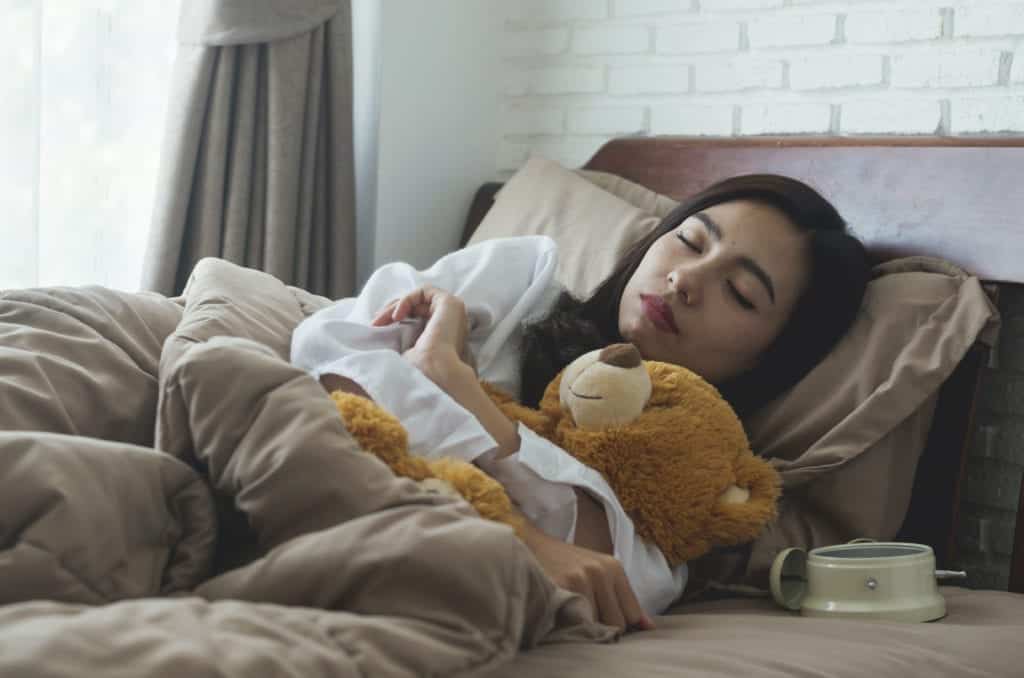
Sleep Hygiene
One thing I have learned while working with psychiatric patients is that lack of sleep can make almost any condition worse.
We all need adequate sleep to recharge our body and mind. I thought this post would be a great place to remind my readers about how to maximize sleep. Here are the general sleep hygiene standards:
- Do not sleep too much during the day unless you work nights! If you sleep during the day, you will likely not be tired at night. Short naps to recharge are OK, but avoid sleeping for long periods during the day.
- Sleep at the same time each night if possible. Establishing a routine is essential. If you can go to sleep at the same time each night and wake up at a similar time each morning, your body will become used to this sleeping routine.
- Use your bed for sleep and sex ONLY. Do not read, watch television or eat in your bed.
- Exercise, but no too close to bedtime! This is beneficial in several ways. Exercising helps decrease anxiety and depression and will also promote sleep. Two of the best things you can do for your body are to eat healthily and exercise. You will hear much more about this topic in future posts.
- Avoid alcohol and caffeine late in the day. Alcohol decreases sleep quality, and caffeine is a stimulant that may make it difficult to fall asleep. I prefer to avoid alcohol entirely, but that is a subject for another post. I try to cut the coffee off early in the afternoon.
- Try not to eat right before sleeping. It is best to give your food a chance to digest before closing your eyes for the night! Many foods can cause heartburn which may impact sleep quality. It is also prudent to avoid large amounts of fluid before sleeping because waking up to urinate interrupts sleep.
- Expose yourself to sunlight during the day. This can help with sleep as well as depression. Walking around outside during the day helps to maintain a healthy sleep-wake cycle.
Frequent nighttime awakenings and daytime sleepiness are the main signs that you need to work on sleep hygiene. Getting this down can improve your physical and mental health.

Squash the Self-Defeating Thinking Errors
Thinking errors can turn us all into our worst enemies.
There are three broad types of thinking errors. In this article, I am going to explain some of the most common type 2, or self-defeating thinking errors that can lead to depression, anxiety, and general unhappiness.
Catastrophic Thinking
Catastrophic thinking is where one concentrates on the worst-case scenario. This certainly can increase anxiety and prevent the individual from taking appropriate action.
This type of thinking usually has no basis in reality. Consider the following example:
You call your daughter, but she doesn’t answer her phone. You convince yourself something horrible has happened to her. Maybe she is in the hospital or was involved in a car accident? You have a hard time concentrating and start to get extremely anxious. In reality, she is just away from her phone.
Fortune Telling
Fortune telling happens when the person assumes they will fail before even trying because they have not succeeded in the past. This thinking error is linked to anxiety as well as depression.
An excellent example of this is thinking is: “I will never get the job I just interviewed for.” Without knowing who else applied and exactly what kind of person the company is looking for, you cannot legitimately conclude you won’t get the position.
Negative Focus
The person focuses only on the negative aspects of a situation or person. They may also think negatively about themselves. We have all been around this type of person. They are always complaining about how bad things are.
Mind Reading
Mind reading occurs when a person thinks he knows another person’s thoughts or intentions.
This person may be convinced his friend is thinking about something negative in regards to him. None of us can read minds, so he should confront his friend if he believes they have an issue. Chances are, the friend doesn’t have an issue at all. Don’t waste time trying to guess what others are thinking.
There are other thinking errors, but this gives you an idea of how our thoughts can make us anxious.
Exercise To Battle Thinking Errors
Whenever you find yourself thinking about something that might be a thinking error, write it down.
Then next to it, in a separate column, list the reasons the statement is erroneous.
I have done this, and it helps. You will soon start to correct yourself without needing to complete the exercise. It is possible to train our minds to think differently with a little practice.
Nutraceuticals and Dietary Supplements
There are also natural substances that can help with anxiety as well as depression. Turmeric, which is a spice used in many foods, has been shown to have many beneficial health-related properties. For more information, read the article by clicking the link below.
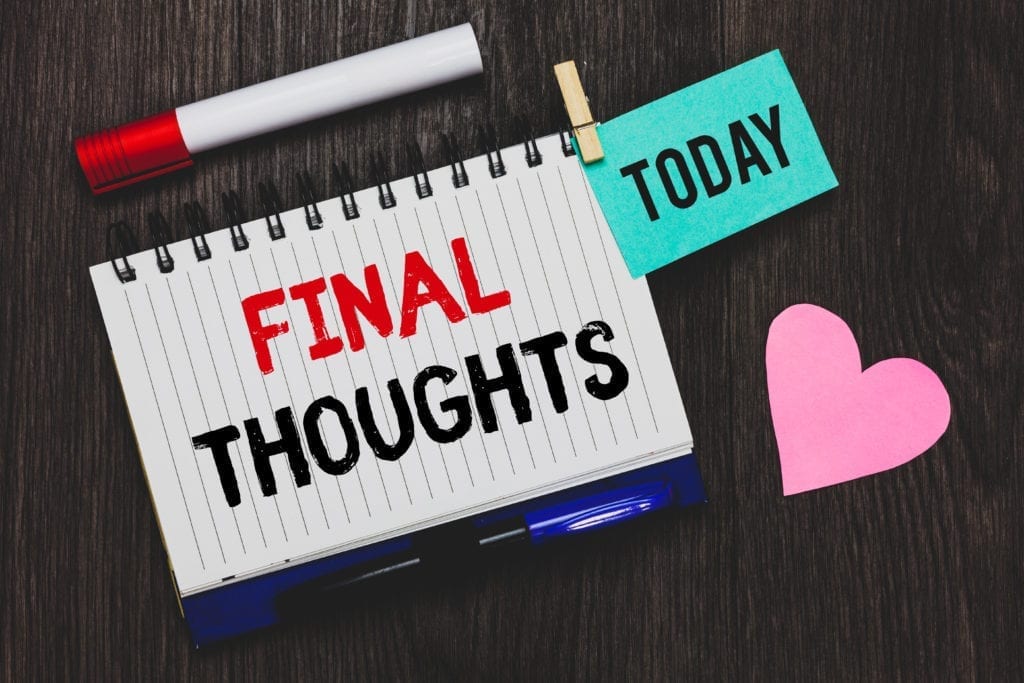
Anxiety is something that will be with us throughout our lives. Although it serves a purpose in keeping us on track and protection us from danger in some situations, it can become overwhelming and detrimental.
The tactics described above can help reduce anxiety and help to increase the quality of your life.
Please remember, if your anxiety becomes too much to handle, or you are unable to function, seek professional help. An anxiety disorder is no different than diabetes or heart disease. It too can get out of control at times and deserves proper treatment.
Anxiety relief is one of my favorite topics. I have learned over the years to control it using the techniques described above.
If you have any questions, please click the contact me link next to my picture below and send me an email. You may also sign up to receive our newsletter by filling out the form on the top of this page. This contains news about our company, sales on our products, and links to our blog posts.
Remember to have a happy, healthy, healing life.

Michael J. Brown, RPh, BCPS, BCPP
Mr. Brown is a Clinical Pharmacist specializing in pharmacotherapy and psychiatry.
Feel free to send Michael a message using this link.


